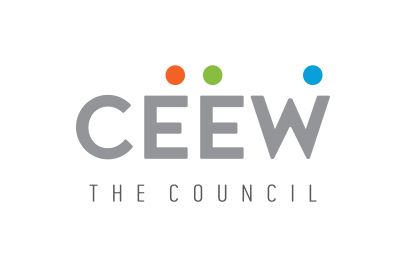The country requires up to 903 GWh of energy storage to decarbonise its mobility and power sectors by 2030

India needs investments worth up to US$ 4.5 billion to achieve the government PLI target of setting up 50 GWh of lithium-ion cell and battery manufacturing plants, according to an independent study released by the Council on Energy, Environment and Water (CEEW).
The country requires up to 903 GWh of energy storage to decarbonise its mobility and power sectors by 2030, and lithium-ion batteries will meet the majority of this demand. Earlier this month, the government announced that it had inferred 5.9 million tonnes of lithium in the Reasi district of Jammu and Kashmir.
Rishabh Jain, Senior Programme Lead, CEEW, said, “For a green future, lithium will be as important as oil and gas are today. It's in India's strategic interest to secure not just the mineral, but also set up the required cell and battery manufacturing systems within the country. It will reduce our dependence on other countries in the long run, and power our grid and EV transition. This year's Budget has shown India's interest in addressing these challenges by eliminating duties on battery manufacturing equipment and providing viability gap funding for battery projects. To scale up domestic lithium-ion manufacturing, India should step up R&D investments, focus on battery cell component manufacturing and reducing material costs, and support recycling to reduce the need for new materials.”
To fulfil the overall battery demand, India will need 969-1,452 kilotonnes of anode, cathode, and electrolyte material (the components for a battery) between 2022 and 2030. This requires the country to prioritise other energy storage technologies as well. The CEEW study recommends focusing on the strategic sourcing of critical minerals and pushing for research, development and demonstration in all technologies to retain competitiveness. At the same time, reducing the cost of manufacturing batteries by innovating and updating manufacturing processes, and making policy changes to lower the cost of cell components are important.
Dhruv Warrior, Research Analyst, said: “Development and deployment of batteries will have far-reaching impacts on India's energy transition journey. Currently, India is import-dependent but the government has already started mobilising resources to indigenise battery cell manufacturing. The focus on mineral processing and component manufacturing are, however, limited. The study estimates that the share of upstream component manufacturing and material processing can be as high as 61 per cent. Going forward, India must develop its capabilities to build skills, technology know-how and infrastructure to indigenise this part of the value chain too.”
Subscribe to our newsletter & stay updated.